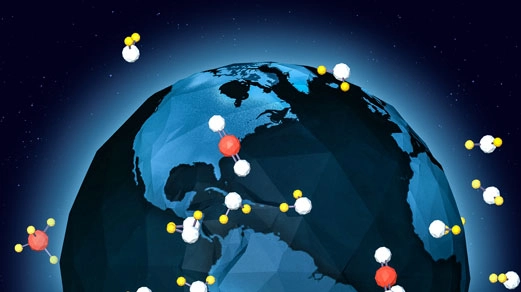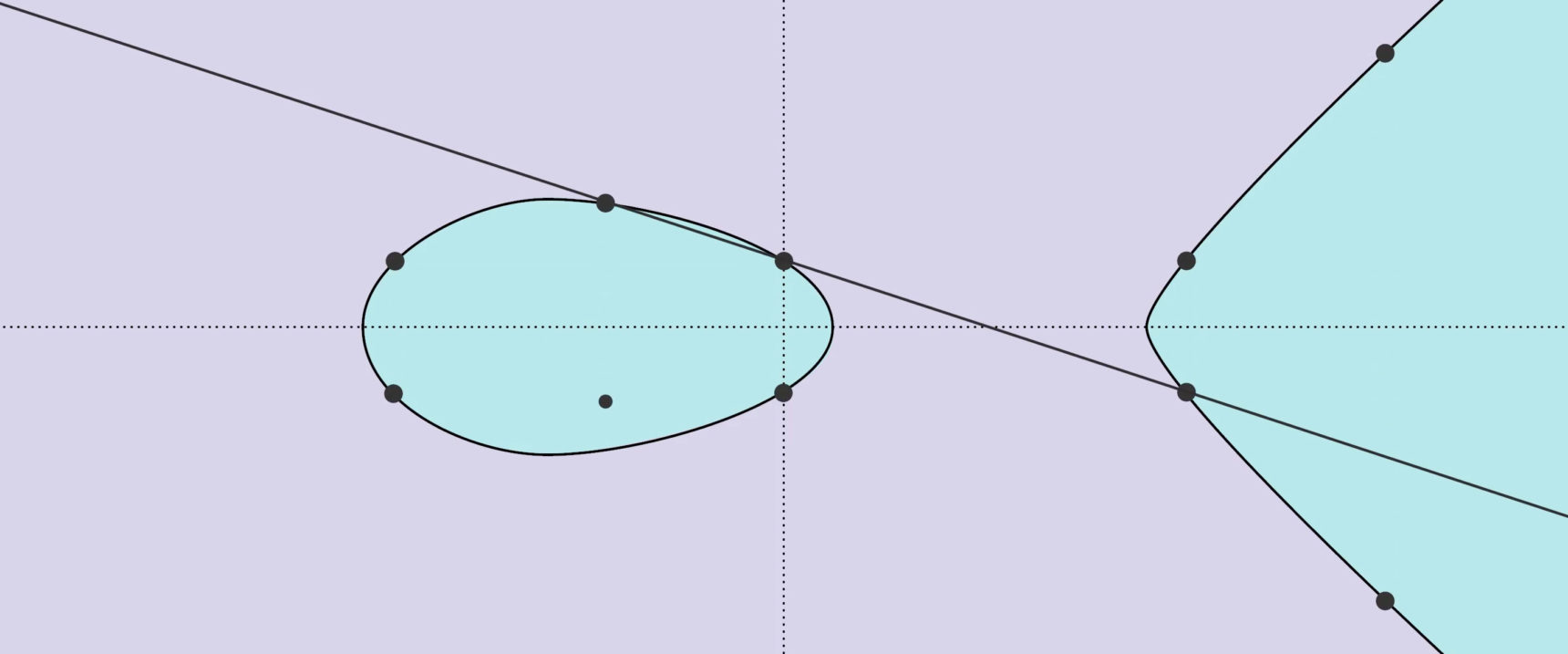
The astrochemist Ewine van Dishoeck, winner of the 2018 Kavli Prize in Astrophysics, has wondered about the cosmic origin of water while enjoying Noordwijk beach near her hometown of Leiden.
Julia Gunther for Quanta Magazine
Introduction
“Somebody from the Netherlands is unavoidably linked with water,” said the astrochemist Ewine van Dishoeck, herself a native of the low-lying country, much of which has been claimed from the sea through the construction of polders, dikes, embankments and Archimedes’ screws.
Water laps at the land beneath her feet, comprises most of her body, and absorbs her. Van Dishoeck, 63, the winner of this year’s $1 million Kavli Prize in Astrophysics, can be found many weekends at Noordwijk beach, the same stretch of shore near her hometown of Leiden that she has frequented since she was a child. “It just clears the mind to be there, and to be in the water,” she said. It may have been at Noordwijk that she first began to wonder where all the water comes from.
Over the past three decades, van Dishoeck has traced water to its cosmic origin. H2O molecules are older, her findings indicate, than the sun. Through a combination of theoretical chemistry, telescope observations and laboratory experiments at Leiden University, van Dishoeck and her collaborators and colleagues have established that water originated in the interstellar cloud of gas and dust that, 4.5 billion years ago, gravitationally collapsed to form our solar system. In that ancient cloud, ice accumulated on the surfaces of dust grains as they bumped into hydrogen and oxygen atoms that found each other and bonded in the surrounding gas.
“All the water that we see here on Earth, all the [water] molecules that we have in our bodies,” van Dishoeck said, “were already formed on the surfaces of the grains in the cloud out of which our solar system collapsed.”


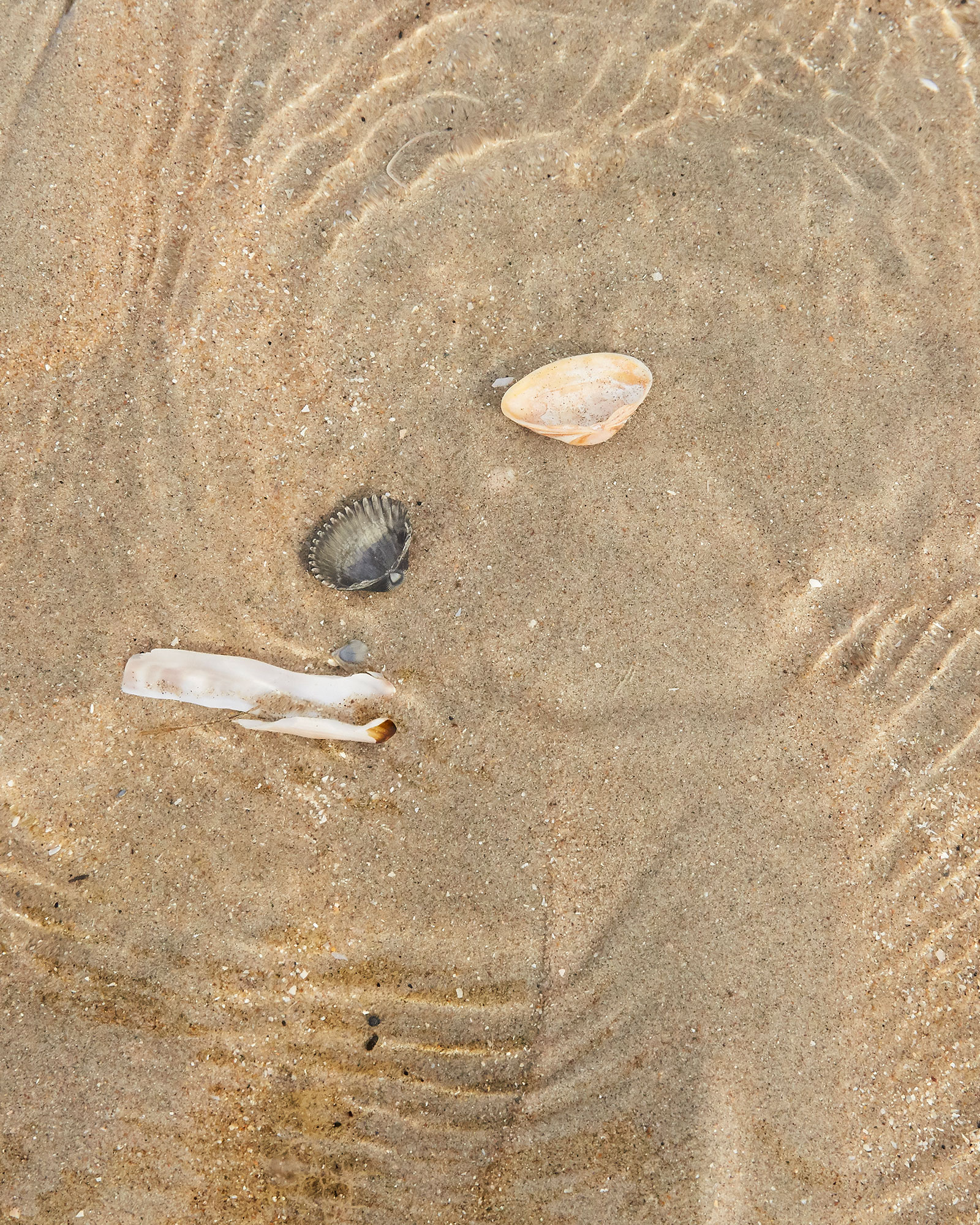
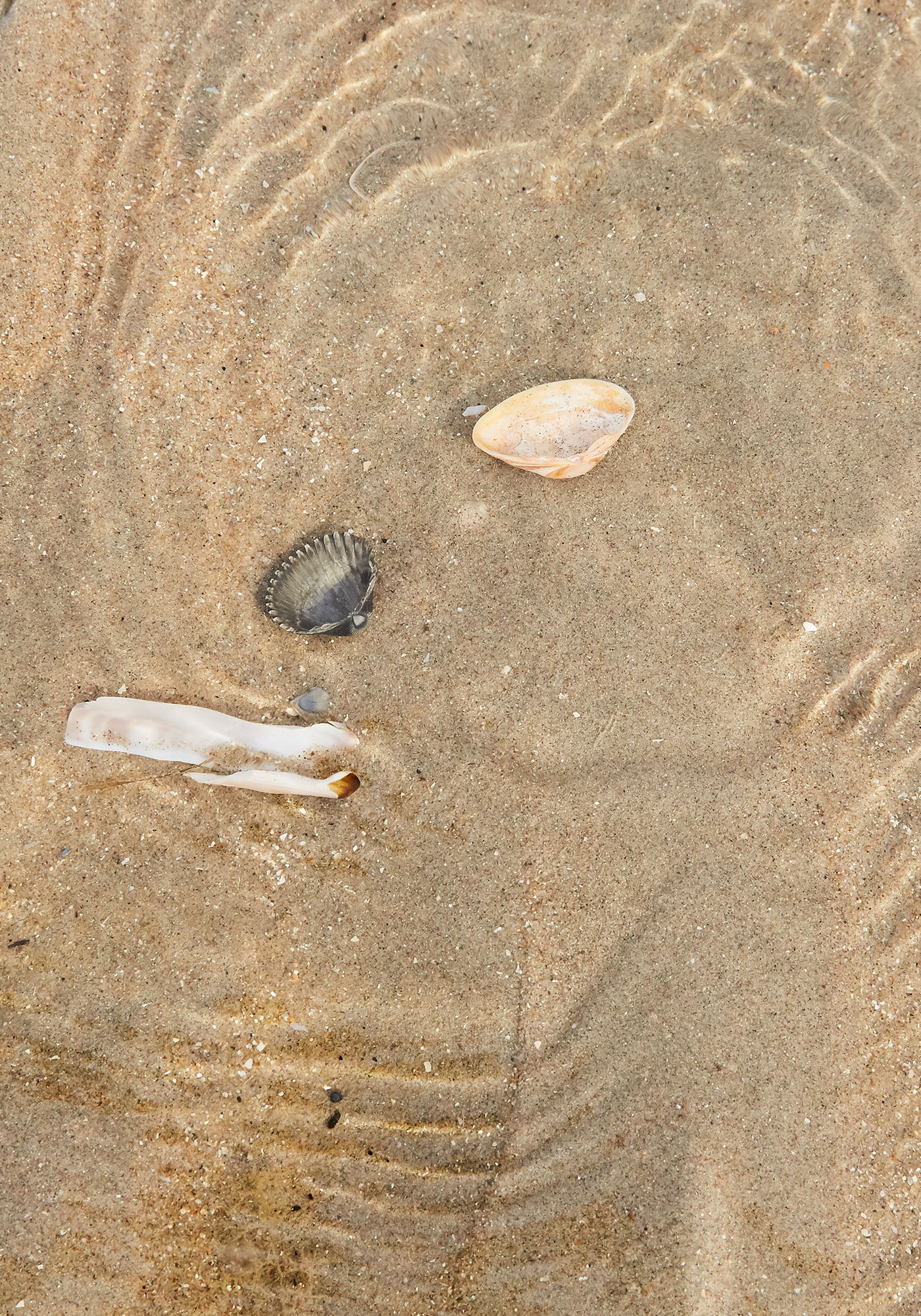
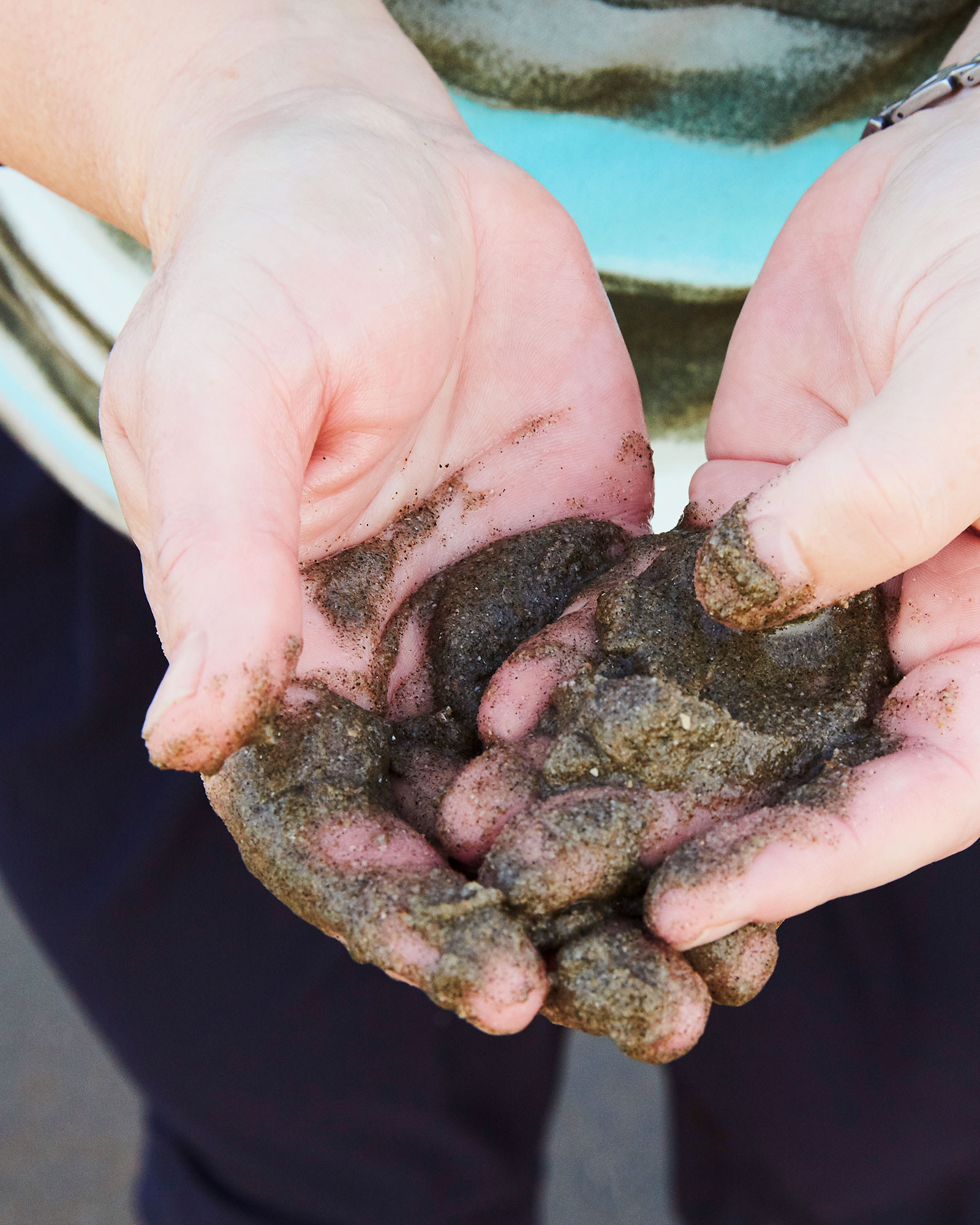
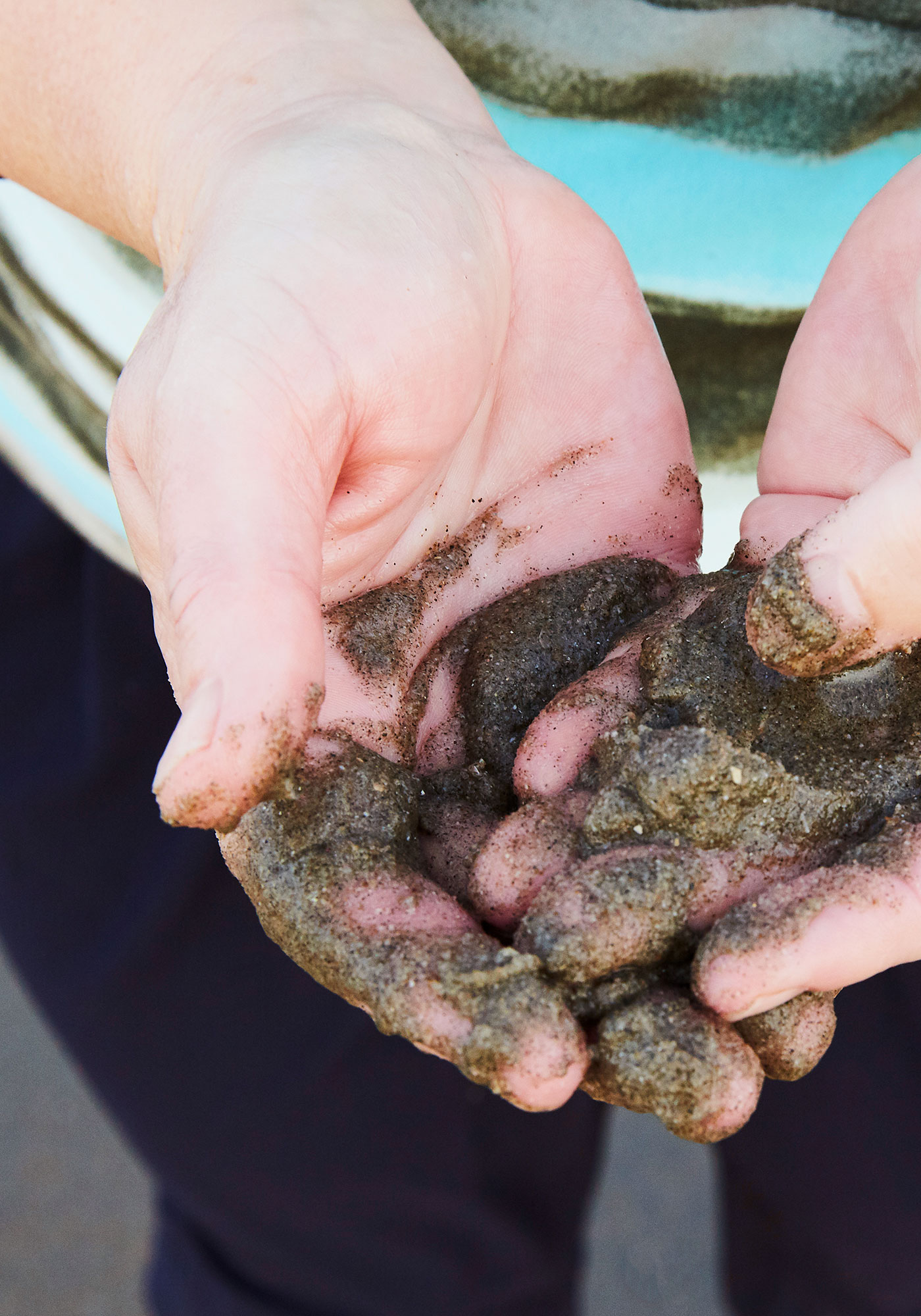
Julia Gunther for Quanta Magazine
Walking on the sand at Noordwijk beach gets her thinking about interstellar dust grains and the role of water in the formation of our solar system. Crucially, the ice coatings made the dust grains sticky. That meant that after the interstellar cloud inwardly collapsed, forming the protosun, the icy grains left whizzing around in its orbit stuck together when they collided. The grains became pebbles, then boulders, then planetesimals and, eventually, after many epic collisions, full-fledged planets.
In other words, not only is water essential for life on a planet, it helps planets grow in the first place. Van Dishoeck and her colleagues have observed signatures of abundant ice in distant interstellar clouds, suggesting the story repeats itself throughout the cosmos. Watery worlds might not be rare.
Aside from regular beach visits, van Dishoeck and her husband, who is an astronomer, enjoy hiking and camping, as many natural scientists do. “It goes both ways, that inspiration,” she said. “You have already an idea that you’ve been working on, and all of a sudden you say, ‘Hey, here’s where I see it also in nature.’ And vice versa: Nature brings other ideas to you.”
The couple spends two weeks each summer in the American West, with laptops and phones switched off. This year, they camped in California amid the snow-capped volcanoes of the Eastern Sierra Nevada — a landscape that has proved inspirational for van Dishoeck before. The snow line marking the altitude where water transitions from gas to solid hinted to her that the same phenomenon occurs in interstellar clouds and the planetary systems they produce. Far out from a star, past its snow line, ice coatings on dust grains stay frozen, which makes them stickier, helping planets grow bigger. Jupiter, our largest neighbor, is just past the solar system’s snow line.
“Some of the best ideas that I’ve had have certainly been when I’ve been in the middle of nature,” van Dishoeck said — “somewhere with water, snow, ice.”
Earth might have ended up wet because of late-stage collisions from enormous icy planetesimals that swung in from the outskirts of the solar system. But why did Earth become waterlogged while neighboring Venus and Mars did not? One possibility, van Dishoeck said, is “that they were all formed with the same relative amount of water, but that simply Venus lost more because it is hotter, and that in the case of Mars, because it is less massive, a lot of the water escaped.”
Van Dishoeck has shown that the process of star and planet formation is intimately linked to the molecular makeup of the interstellar clouds that drape the galaxies. Water is undeniably a key factor — in the Netherlands and the cosmos at large.
